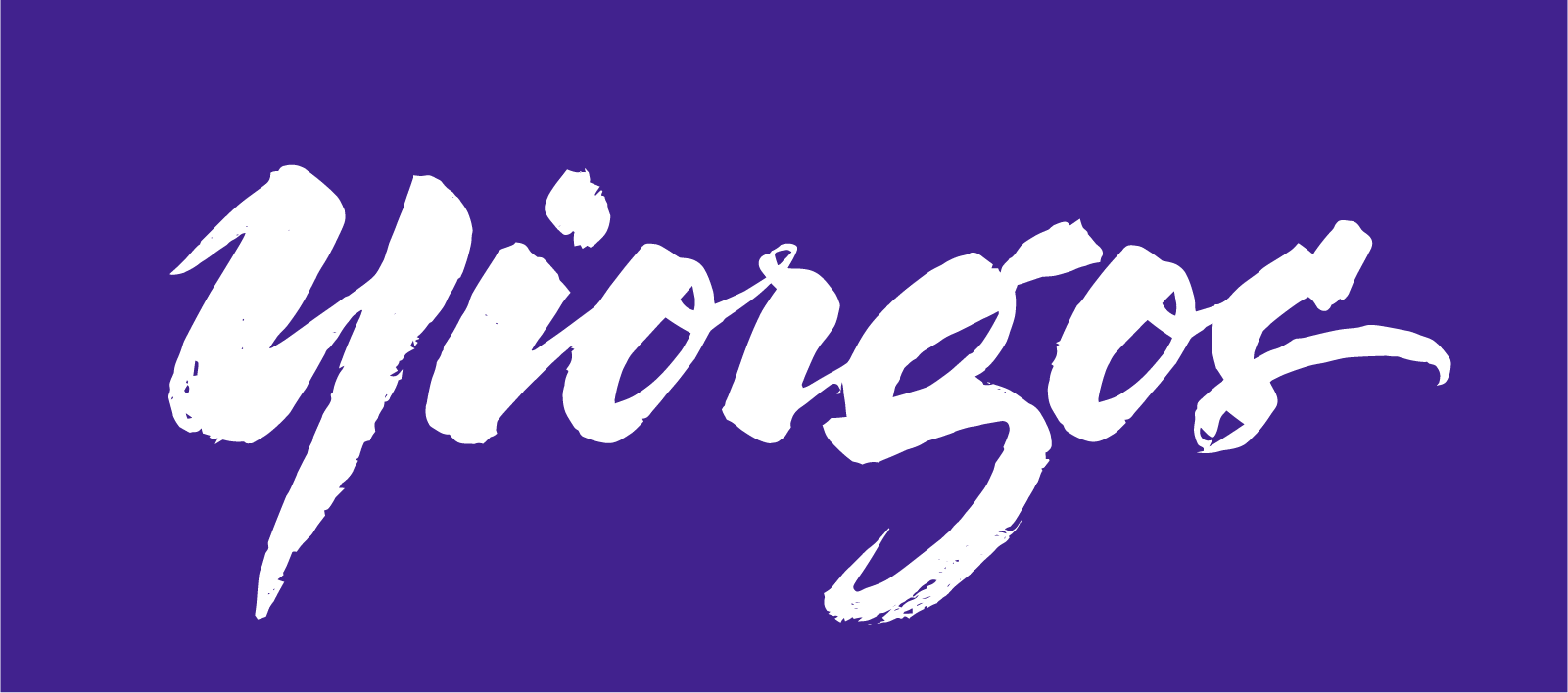Building a Path to Pay Transparency
I’ve always wanted to work for a startup that puts salary ranges on job postings.
I was spoiled earlier in my career. When I worked in higher education and the public sector, we put salary information on job postings by default. I didn’t realize it wasn’t standard practice across all sectors. So once I moved to tech, I was pretty surprised with how desperately startups wanted to keep ranges secret and the great lengths they went to avoid pay transparency.
Photo by James Haworth on Unsplash
As a recruiter, I’ve always known more than most about my colleague's salaries and performance plans. It’s a position of privilege compared to my peers. However, after moving into a role where I get to set and build HR programs from scratch, I returned to my original goal of “I want to work for a startup that puts salary ranges on job postings.
Here’s how the team and I at Tiny Mile worked toward this goal.
We started with our values.
One of our values at Tiny Mile is to be transparent. We recognize that we grow from our mistakes as much as we do from our successes. So we want Tiny Mile to be a space for experimentation, and when we fail, we share it widely so that the rest of the team can learn.
I applied this approach to compensation. How can we be transparent by default? How do we give employees the information they need?
We wanted our team to know our operational costs.
The single most significant cost to any business is payroll. As a venture-backed startup that cares about profitability, we want our employees to know what it costs for us to be successful. We hope that by sharing this compensation information, they’ll feel empowered to help us on our path to profitability. It’s not just a matter of growing for the sake of growing. After all, many startups fail because they aren’t focused on building a sustainable business.
We did the groundwork.
In theory, adding salary information to job postings should be straightforward. Just slap a range on there, and voila! But that’s a tactic without the strategy.
This approach may make it easier for candidates, but what about your employees? Do they know how much their peers make? Will they appreciate why one role may have higher compensation than the next? What happens if someone in the same role is paid below what’s on the posting?
For pay transparency to work, you must have answers to these questions in advance and equip your employees (not just candidates) with the information they need.
Here’s everything we built first for us to add salary information to our job postings:
Compensation philosophy
The why behind what we pay
Job levelling framework
The scope, impact and career pathway of our roles
Compensation bands
The range of compensation within our job levels
Compensation ratio calculator
The way to analyze salaries across job levels, job categories and compensation bands
Growth framework
The process for how we evaluate an employee's work and level of impact
We met with everyone.
Talking compensation is sensitive. As we built this work, we recognized that some of our team might have different experience levels with these principles. It’s easy to get overwhelmed by all this information and forget its context.
As part of launching this program, we booked 1-1s with each team member to discuss their questions about the program and its why. We thought personalization was vital. We also developed pages of documentation answering what we thought would be frequently asked questions.
What’s next?
This compensation transparency work is very much a journey. Right now, the aim is to ensure everyone understands and feels confident about our compensation decisions at Tiny Mile.
The following steps will include detail on performance cycles and reviews. What cadence is there for discussing performance and promotions? How do we define growth across the organization? In individual roles?
There are so many components to this work. If I’m honest, it’s exciting and intimidating! I hope that by being transparent with the team at Tiny Mile, the team can identify their room for growth and target future development opportunities.
Equally, I hope candidates can assess the opportunity with Tiny Mile and have questions answered throughout the recruitment process. As a lifelong recruiter, I’m sick of playing the compensation game with candidates. I’m not interested in the “I’ll show you mine if you show me yours” approach to sharing compensation data. It’s frustrating for everyone involved.
Now here’s to expanding this work further!
Resources I recommend:
I leveraged the below to help guide my work. I highly recommend checking out what these companies are doing:

